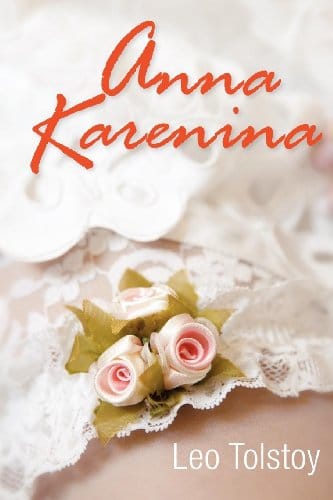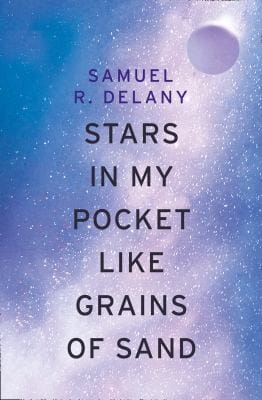Anna Karenina: Plot, Themes and Timeless Appeal
Explore the plot, characters and themes of Leo Tolstoy's Anna Karenina and discover why this Russian classic remains a must-read masterpiece today.

Introduction
Leo Tolstoy’s Anna Karenina is more than an epic tale of forbidden love; it is a sweeping panorama of nineteenth-century Russian society, filled with psychological insight, philosophical depth and vivid realism. From glittering St. Petersburg ballrooms to the quiet rhythms of the countryside, Tolstoy juxtaposes romance and tragedy, passion and duty. Readers are invited to witness how individual choices reverberate through families, classes and even the nation itself. Whether you are approaching the novel for the first time or revisiting its pages, this guide will illuminate the core elements that make Anna Karenina a perennial classic. Its intricate architecture, spanning eight parts and 239 chapters, demonstrates Tolstoy’s mastery of pacing and narrative perspective.
Plot Summary
Anna Karenina opens with the famous line “All happy families are alike…”. The story follows two interwoven arcs. Anna, visiting Moscow to help mend her brother Stiva’s marriage, meets the dashing Count Vronsky and drifts into an affair that outrages Petersburg society and imperils her bond with her young son. The parallel plot tracks country landowner Konstantin Levin, who courts Kitty Shcherbatskaya while wrestling with questions about faith and labor. As gossip isolates Anna and jealousy deepens, her options narrow toward the fateful railway scene, while Levin, through marriage and farm work, inches toward hard-won spiritual contentment. Parallel scenes—balls, train stations, country harvests—highlight how their choices ripple through intersecting social circles.
Main Characters
Anna dazzles with wit and warmth yet harbors acute insecurity; her refusal to live a lie turns her into both rebel and outcast. Vronsky begins as a thrill-seeking officer but grows frustrated by scandal’s limits. Karenin is no cardboard villain; he balances wounded pride with genuine concern and religious propriety. Levin’s earnest self-analysis and Kitty’s maturation provide a hopeful counterpoint to Anna’s descent. A lively cast—Stiva, Princess Betsy, Countess Lydia—supply comic relief and hypocrisy, exposing the era’s moral contradictions.
Themes and Motifs
Anna Karenina probes the clash between personal desire and social duty. Trains, ever present, symbolize modern forces that both liberate and destroy. Marriage appears across a spectrum: the loveless Karenins, the slowly harmonizing Levins, the frivolous Oblonskys. Tolstoy’s rural scenes mirror inner states, underscoring his belief that honest labor and contact with nature nurture meaning. Yet he refuses easy answers, leaving readers to weigh love, freedom and responsibility in their own lives.
Historical Context
Serialized between 1875 and 1877, the novel reflects Russia after serf emancipation. Tolstoy captures a country tugged between aristocratic privilege, agricultural reform and imported liberal ideas. Debates on divorce and women’s roles shape Anna’s crisis, while Levin’s farming mirrors real reforms. Contemporary readers followed each installment eagerly, debating the propriety of Anna’s actions in newspapers and salons. Context reveals how Tolstoy critiques both suffocating conservatism and shallow progressivism.
Adaptations and Cultural Impact
Anna Karenina’s magnetism fuels endless adaptations, from Greta Garbo’s 1935 film to the 2012 Joe Wright version. Ballets, operas and fashion runways invoke Anna’s velvet gown, while each retelling emphasizes romance, social satire or fatalism, proving the story’s flexibility across media and eras.
Why Read Anna Karenina Today
Modern readers recognize Anna’s battle against gossip, Vronsky’s loss of purpose and Levin’s hunt for work-life balance. The book anticipates our debates on gender expectations and public scrutiny. Tolstoy’s lucid prose rewards patience, yet the raw emotions keep pages turning, making the classic feel startlingly current. Book clubs often cite its layered depictions of intimacy as catalysts for some of their most spirited discussions.
Conclusion
Approached as love story, social critique or spiritual quest, Anna Karenina endures because its characters feel uncannily alive, reminding us that happiness requires both direction and courage.



